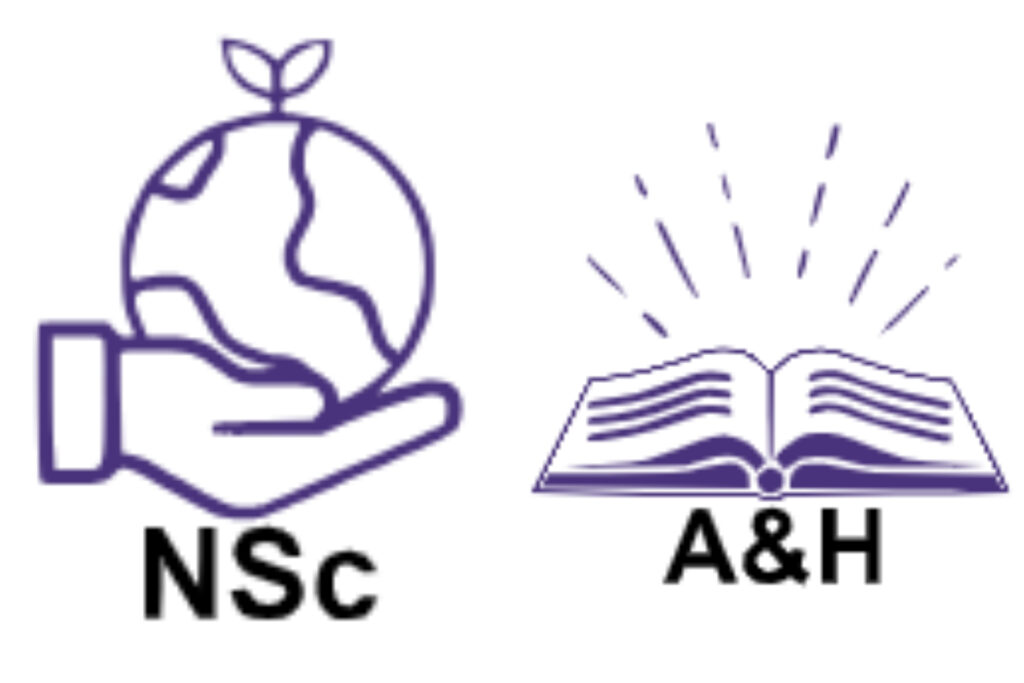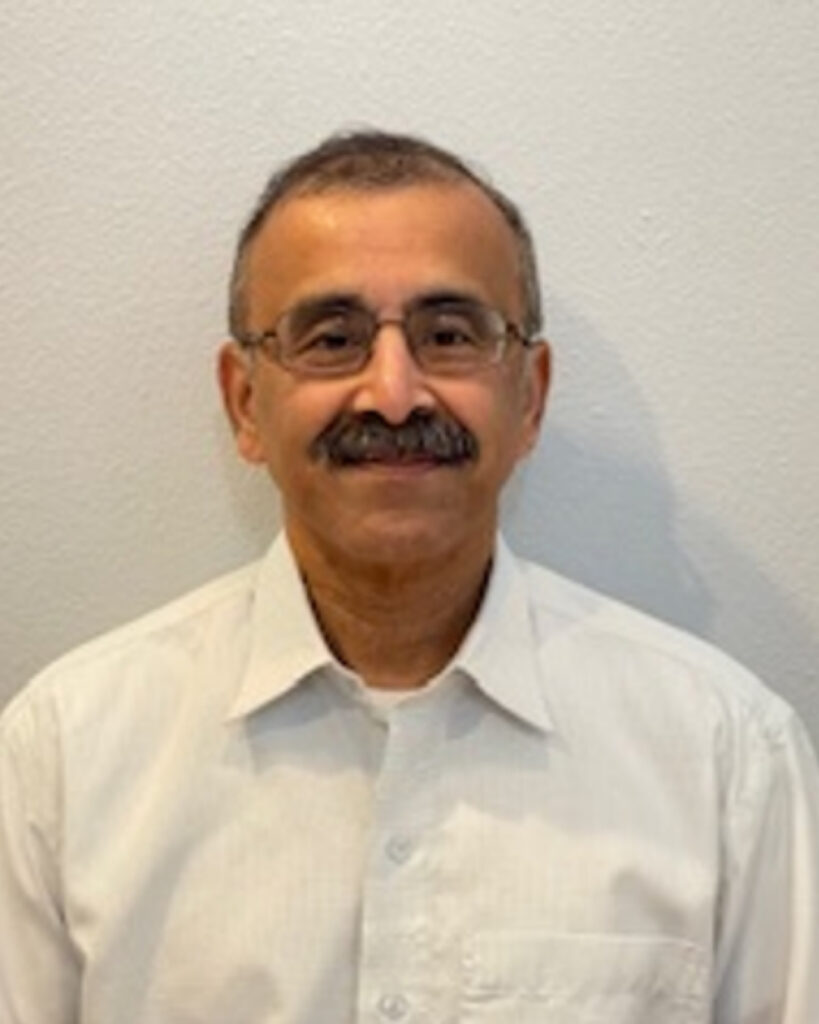Creativity & Criticality in the Arts & Science

a Discovery Core Experience
This course may be taken as either BCORE 116 (Natural Science) or as BCORE 117 (Arts & Humanities)

About This Course
This course is designed to help students recognize the aspects of creativity and criticality embedded in STEAM (Science, Technology, Engineering, Arts and Mathematics). How does having an artistic bent of mind help to succeed as a scientist? Did you know that Neils Bohr, who proposed a model for a hydrogen atom, Louise Pasteur, the microbiologist who developed principles of vaccination and pasteurization or George Washington Carver, an agricultural scientist who developed new uses for peanuts, were artists? We will delve into the life history of these scientists to understand the positive interplay between arts and science. On the flip side, what does science and mathematics have to do with visual and performing arts? The students will explore few concrete examples- how is a cylindrical mirror helpful in developing anamorphic arts? What are fractals? How does it feature in diverse subjects such as arts, music and in the study of natural phenomenon? What is the science behind a musical instrument and how to deconstruct its timbre?
Why Should I Take This Course?
The creative elements in the arts, the ethos and ethics developed based on humanities and social constructs, and the scientific thinking we have developed to understand and solve problems around us – all of them coexist. In this course we will discuss several examples where creativity has led to scientific discoveries, appreciate artistic expressions in a scientific work and use scientific methods to understand and analyze works of art.
What Will We Be Doing?
Students will get opportunities to learn about the methodologies used in science and engineering, learn and use a variety of tools widely used in the STEM field, such as using calculators and computers to execute programs while building a creative piece of work. They will engage in hands-on measurements of properties using various instruments, in the context of examining a work of visual and performing arts.
Students will work in small groups on a final project that shows creativity and criticality in coexistence. The final project will introduce them to seek pertinent information from authentic sources online or from journal articles through collaborative work with the UWB library staff.
Dr. Subramanian Ramachandran (he/him/his)
Department of Physical Sciences

About Dr. Ramachandran
Dr. Ramachandran is among the teaching faculty at the University of Washington Bothell, Department of Physical Sciences. He has been an adjunct faculty at the Cornish College of the Arts where he engaged with students in visual and performing arts to interpret arts through physics. He has previously worked in the industry on hydrogen storage in metal hydrides and developing applications for the same. His research interest is in the field of Experimental Condensed Matter Physics. He mentors physics undergraduate students on their independent study and research studies. TEACHING: Experimental Physics, General Physics, Statistical Physics, Electrical Circuits, Thermal Physics
Education
- Ph.D. Physics, University of Washington, Seattle
- M. Tech, Cryogenic Engineering, Indian Institute of Technology, Kharagpur, India
- M. Sc (Physics), Birla Institute of Technology and Science, Pilani, India
Contact
- Email: ramacs@uw.edu
- Office: UW1-391
- Phone: (425) 352-3746